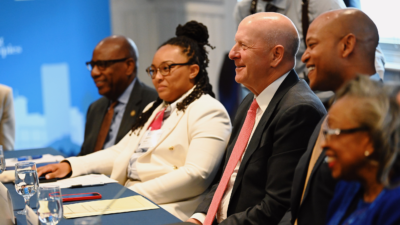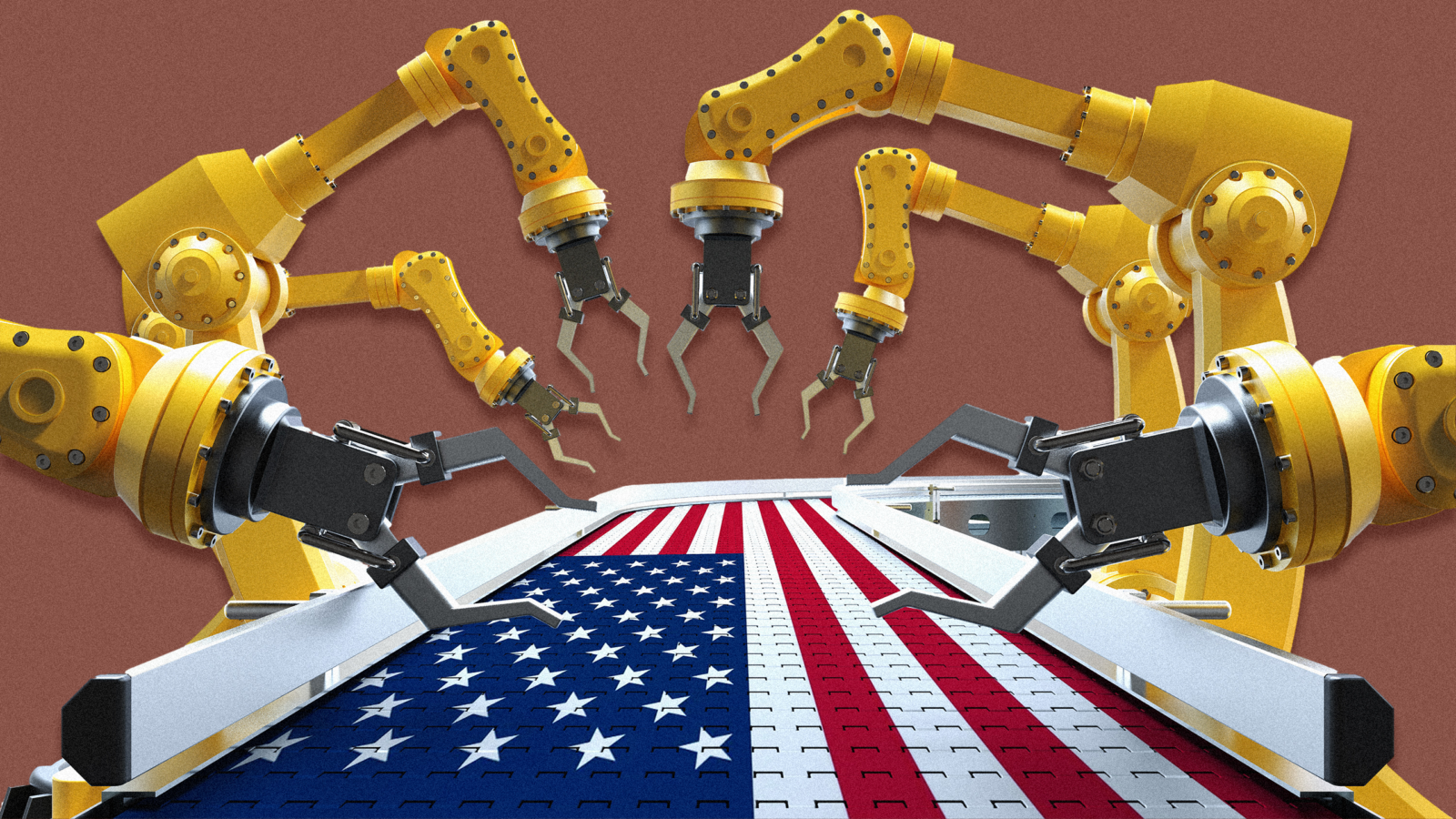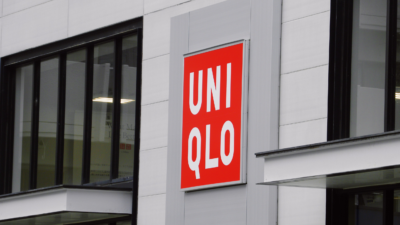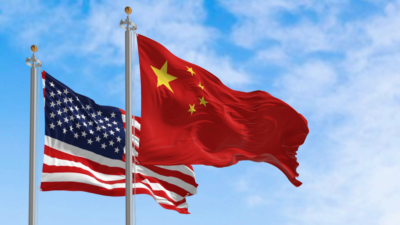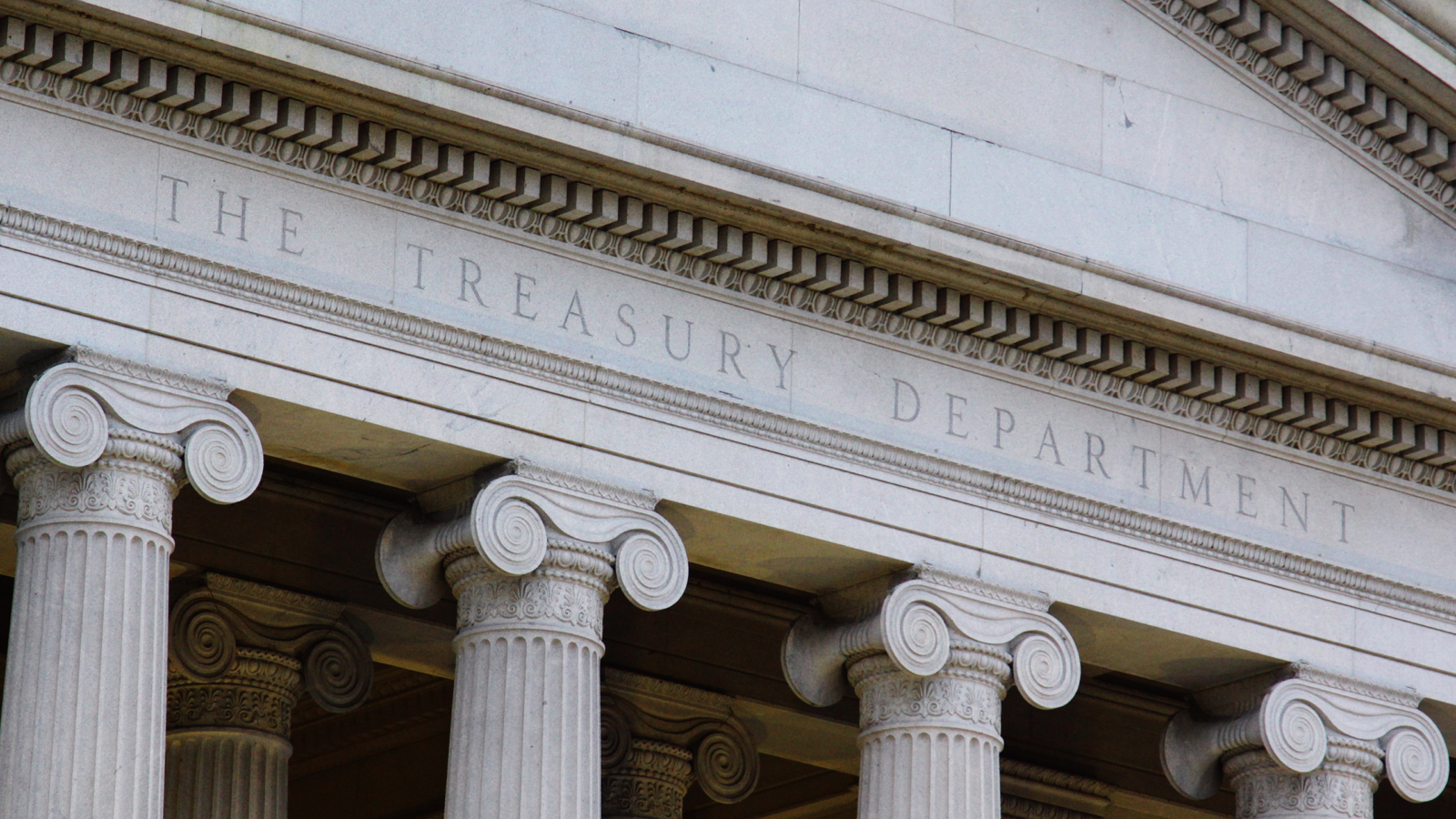Just How Certain is a Recession, Anyway?
Policy uncertainty, particularly around how tariffs will ripple through the economy, continued to stoke recession fears last week.

Sign up for smart news, insights, and analysis on the biggest financial stories of the day.
“Doubt is not a pleasant condition,” Voltaire noted, “but certainty is absurd.” When it comes to the US economy, doubt is growing and there is not just zero certainty but historic levels of uncertainty.
The good news is that the economy has been strong. Post-pandemic, corporate profits have hit record highs, the unemployment rate — at 4% — is at historic lows, and US GDP was up 2.5% last year, with consumer spending powering those gains, despite inflation concerns. The bad news is that anxiety over President Trump’s ever-changing trade policy threatens to flip the positive to negative and has triggered recession concerns.
The Big-R has entered the chat, but it’s unlikely an official one has started or will anytime soon. The National Bureau of Economic Research (NBER)’s Business Cycle Dating Committee is the de facto arbiter of what constitutes a significant and persistent decline in economic activity. The eight economists in that group consider several factors, including gross domestic product, real income, payroll employment, and consumer spending, before making a judgment. That means many things must go wrong before recession fears are proven right.
Financial journalists like to define a recession as two consecutive quarters of decline in real GDP, and most (but not all) of NBER-identified recessions include that measure. That’s because the committee considers the depth and breadth of a downturn — sometimes, small, consecutive dips don’t register.
Tariff-ying Signals
Policy uncertainty, particularly around how tariffs will ripple through the economy, continued to stoke recession fears last week. A bit of added context around the headlines may help separate signal from noise:
- Experts said a decline in convenience-store sales volume suggests Americans could be harder hit in discretionary spending. But that could also be by virtue of health-conscious buyers steering clear of the Doritos and Newports.
- American Airlines, Delta Air Lines, and Southwest Airlines dialed back their revenue forecasts for the first quarter, citing softer demand. One reason was consumer spending, but another was the spate of airline mishaps and crashes spooking travelers. Plus, Delta chief Ed Bastian told CNBC that the first quarter has been historically “tough to project.”
The fear factor was ratcheted up a notch when the Atlanta Fed’s GDPNow model rang the alarm last week, forecasting a 2.8% decline in economic growth in the first quarter of this year. However, according to Matthew Klein of The Overshoot, the estimate is skewed by gold flows that are not usually counted in GDP.
Henny Pennys would be soothed to know that at least one real-time recession indicator isn’t flashing. The Sahm rule, developed in 2019 by economist Claudia Sahm to help policymakers respond to early signs of a downturn, states that when the three-month moving average of the national unemployment rate is half a percentage point or more above its previous 12-month low, it would indicate recession. That threshold has not been triggered.
DOGE Dodge: Also, while the impact of DOGE cuts to the government workforce is expected to land in the next jobs report, it won’t sink the economy. According to Sahm, Elon Musk and the Department of Government Efficiency’s contribution to the unemployed workforce is “unlikely” to cause a recession, though it adds risks. “About 100,000 workers have either taken deferred resignation or been laid off so far. Even if the total reduction doubles by the end of the year, it would still fall far short of a recessionary shock,” she said.

